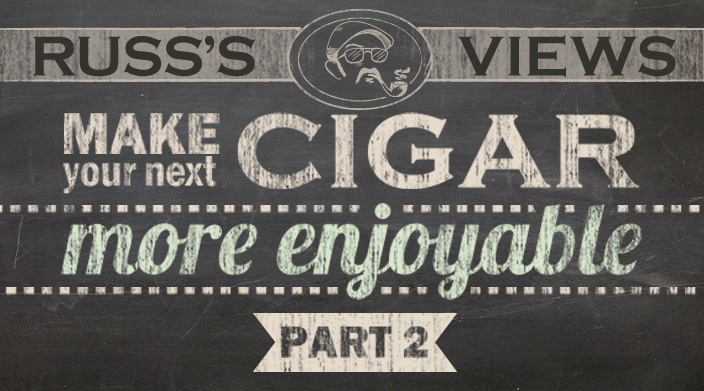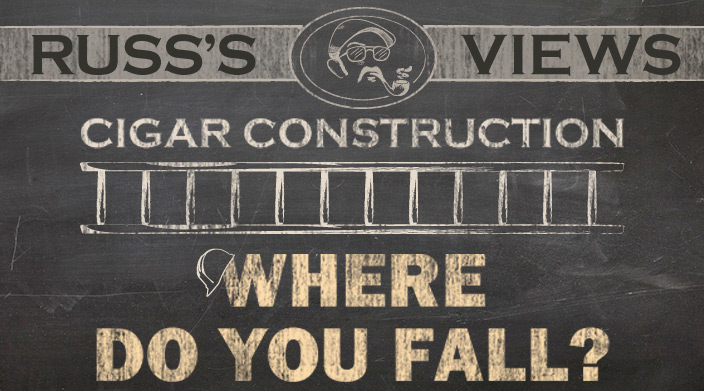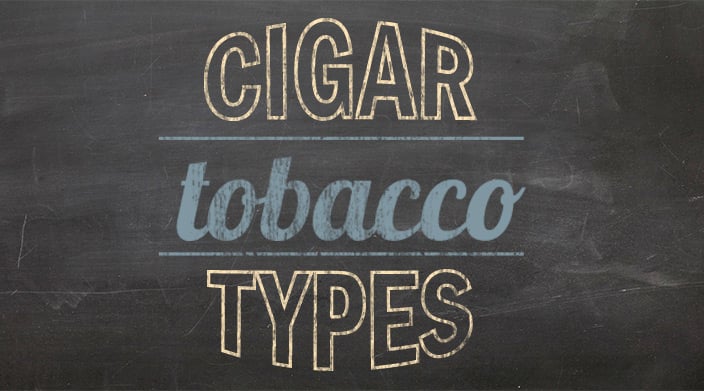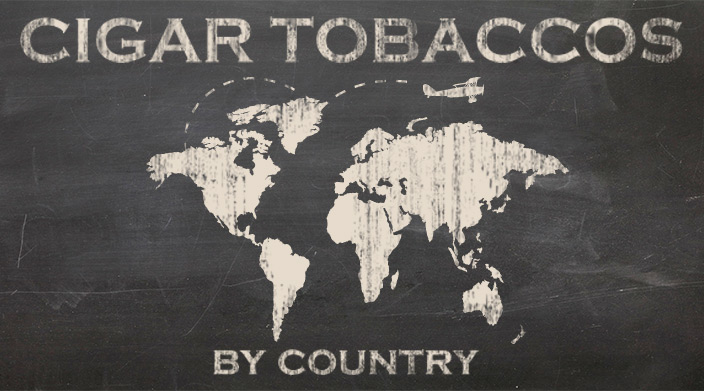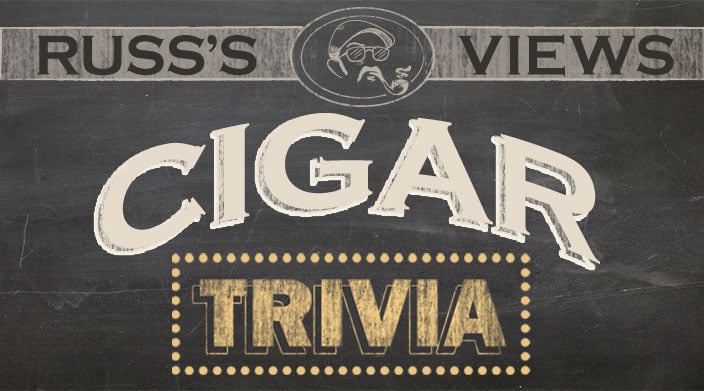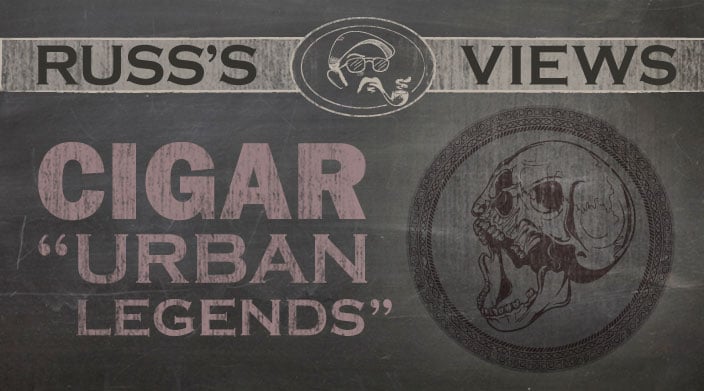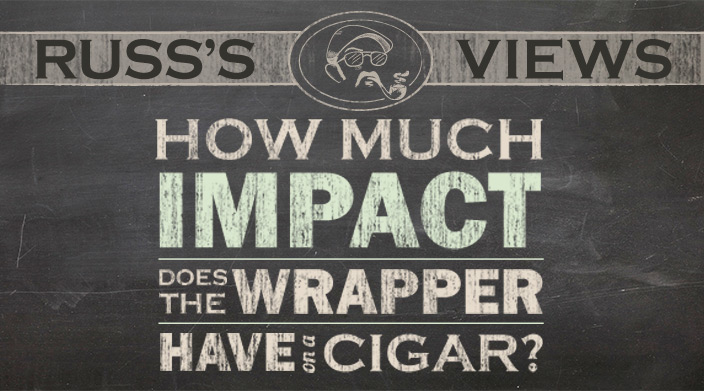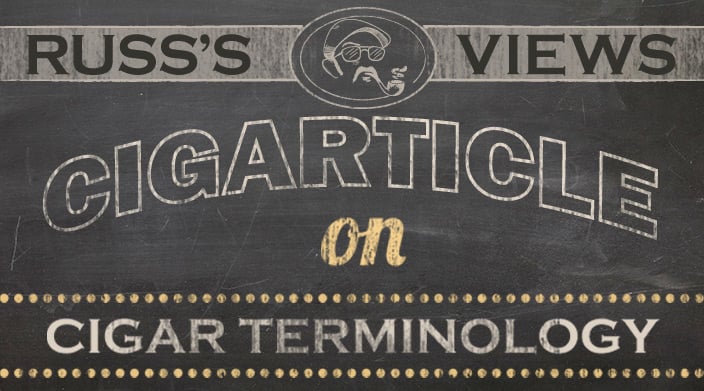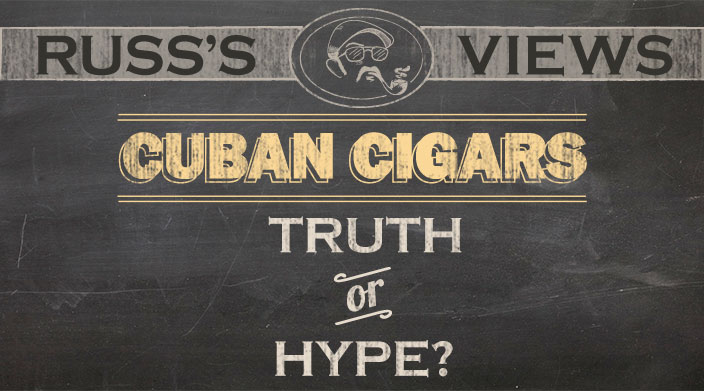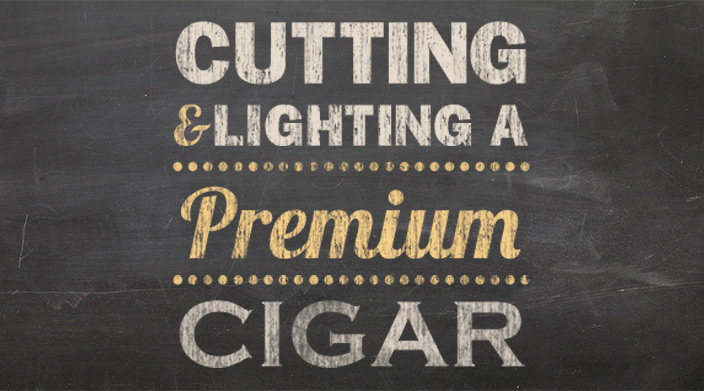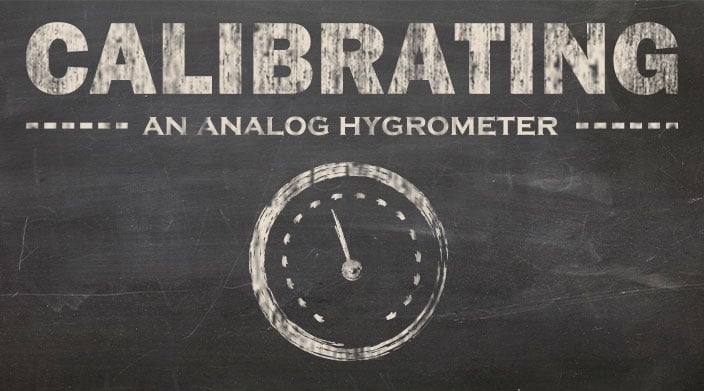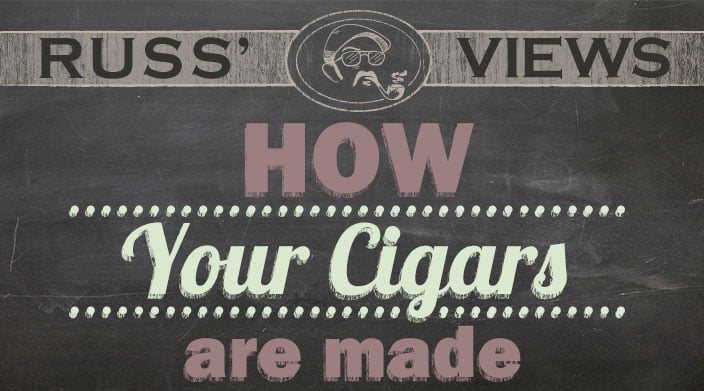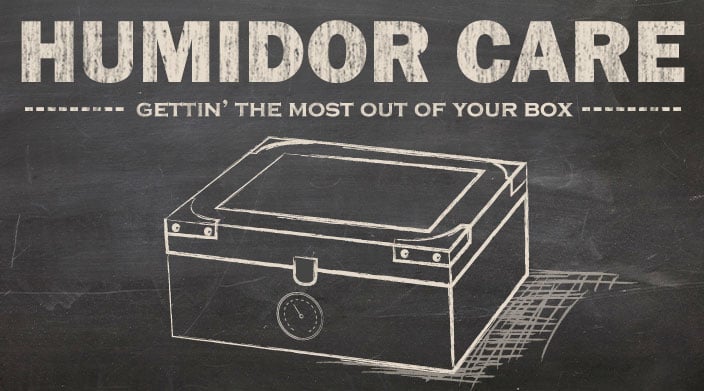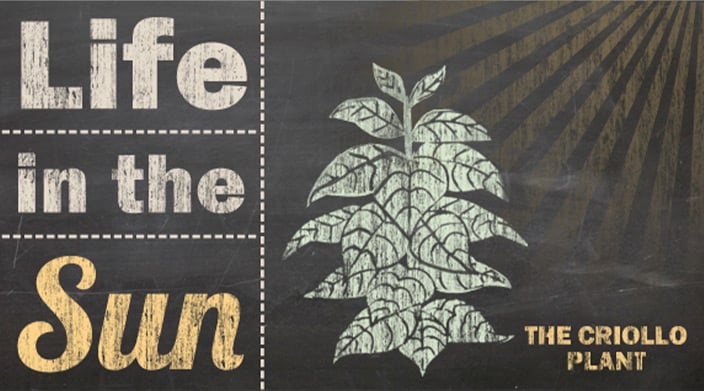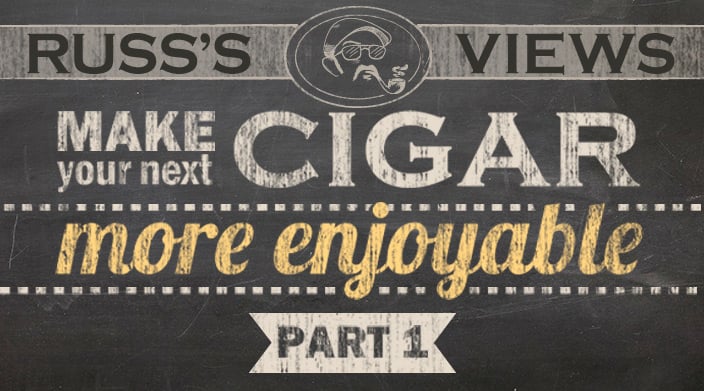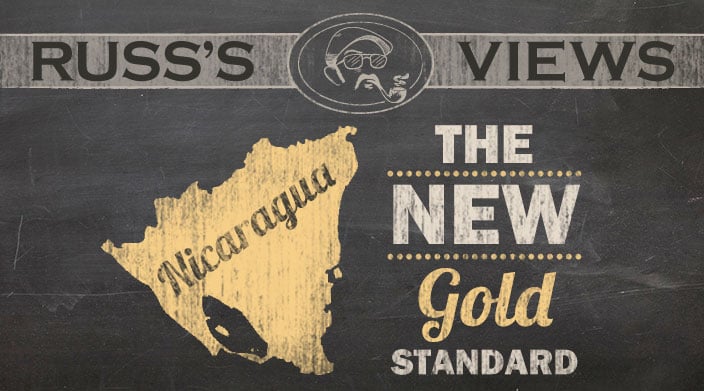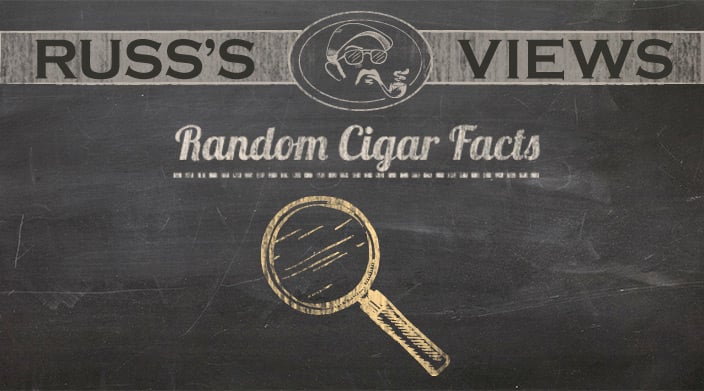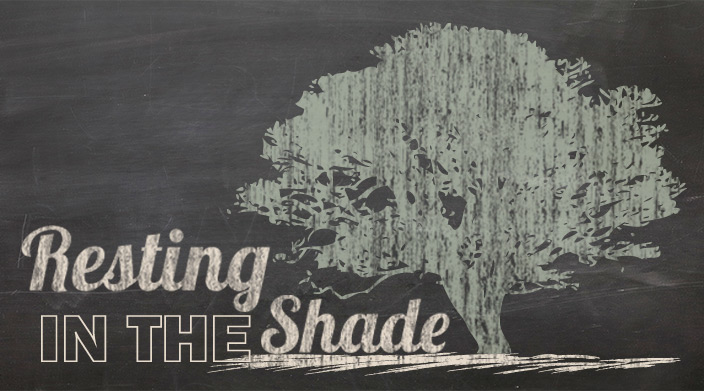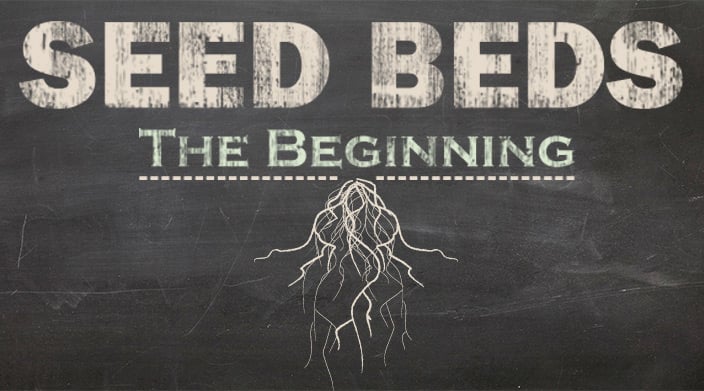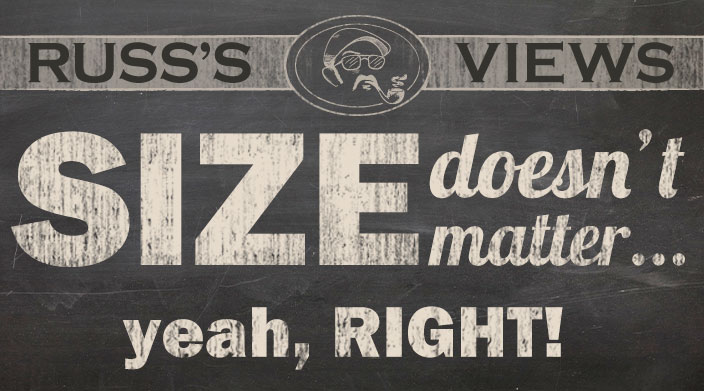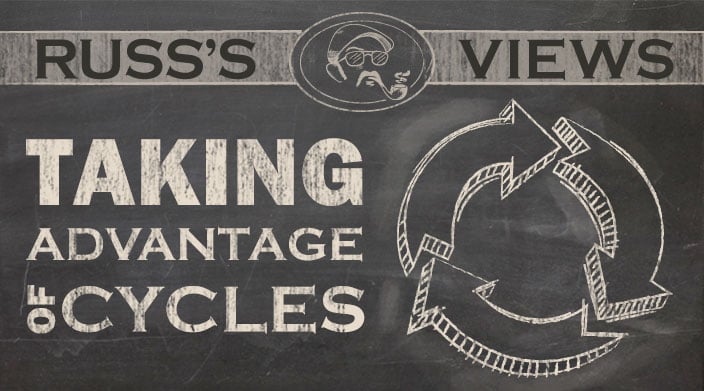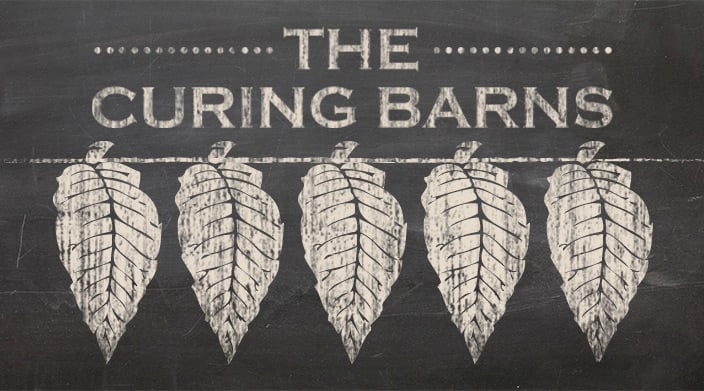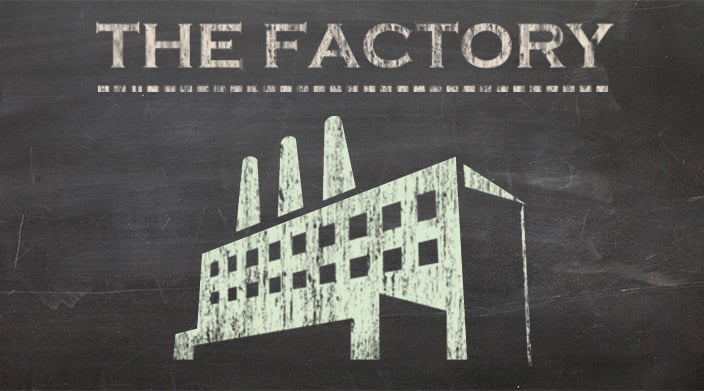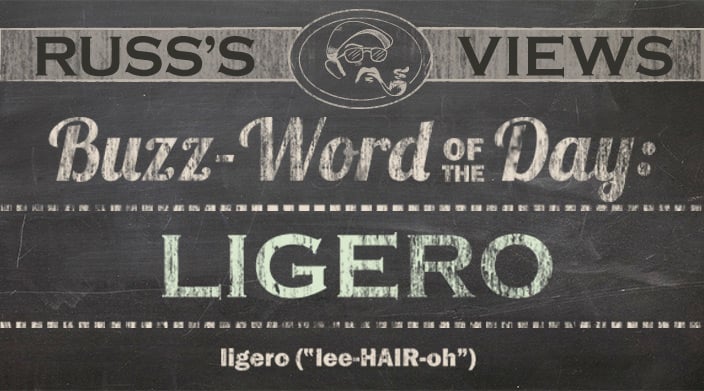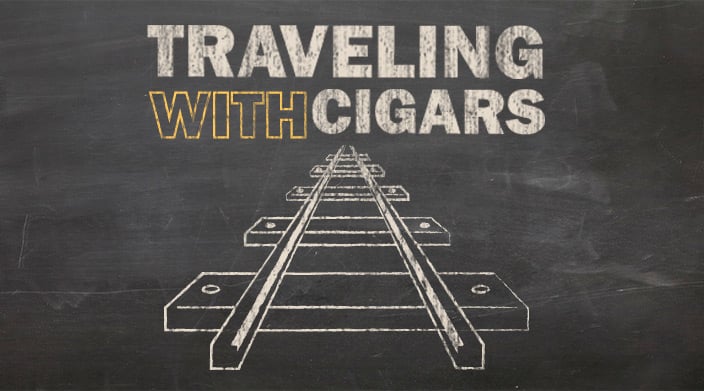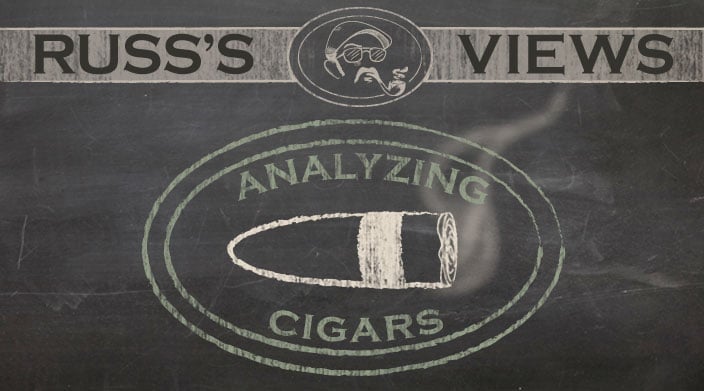The last column I wrote on this subject was about how to cut and soft your cigar, and, when done properly, those things can definitely enhance your enjoyment. This time, I’d like to address something that will direct affect the cigar smoking experience, and that is what to drink while savoring your favorite stick.
I’ve done presentations about this before, particularly to a college class from a culinary arts curriculum about pairing cigars and beverages for those places that can still accommodate smokers. Since then, I’ve refined my theory. So what you’ll get here is the whole concept behind pairings, plus some specific suggestions.
The foundation of my concept is to match the body of the cigar to the body of the libation. As an example, a French roast or espresso would be a full-bodied drink, so to be able to stand up to the coffee, the cigar should be full-bodied as well. Green tea is delightful in body, so a mellower cigar would work best. But once the bodies are matched up, approaching the flavor profile is necessary, but works in the opposite manner.
Take a full-bodied and robust cigar like the Camacho Corojo. It has an earthiness and a leathery note, but it is dominated by a spiciness along the line of white pepper. To match the body, you could go with a full-bodied coffee, a rich Bourbon, a dense red wine, or maybe an intense cognac. Since the cigar is spicy, we’ll want to go in the opposite direction. Dark roast coffees will generally work as they aren’t spicy and have an acidic tang that will contrast the spice of the Camacho. If you choose a Bourbon, you’d want to go for one that has a sweetness. A rich, dry red wine, or, even better, a ruby port will have the roundness to offset the sharpness of the cigar, and most cognacs with a good backbone will work as well.
Why the contrast? Because a sweet and dense drink will allow your taste buds to pick up the earth and spice, and the pepper of the cigar will let you get the sweetness and complexity of the drink.
Think of it this way- take the same cigar and pair it with a vanilla milkshake. The drink’s sweetness and creaminess will contrast the spice, but the intensity of flavor of the Camacho will completely overwhelm the shake, as the flavor is too mellow to stand up. In a similar vein, a mellow cigar like an Avo Classic would be dominated by something like a Woodford’s Reserve Bourbon. A naturally sweet cigar would lose some of its appeal if paired with a sweet drink, as the sugar in the drink would dull your ability to taste the sweetness in the cigar.
Here’s a list of drinks with their body and most noticeable characteristics:
Mellow bodied
- Sodas- primarily sweet, some (like Dr. Pepper) can approach medium
- Dry white wine- fruity notes, acidic tartness
- Blush wines (can be medium)- fruity, soft sweetness
- Gin- herbal character
- Light rum- sweetness
- Teas- can be sweet, herbal, tannic, acidic or fruity
- Coffees- go with toasty, low acid for softer cigars
Medium bodied
- Juices- sweet, often tart and acidic
- Sweet white wines- Rieslings are a good example
- Light red wines- usually dry with tannins
- Dark rum- sweet with caramel and/or molasses notes
- Tequila- almost herbal
- Scotch- smoky and peaty- all but the strongest would be considered medium-bodied
- Whiskey- some sweetness and charcoal notes
- Brandy/Cognac- usually sweet and fruity with candy-like hints
Full bodied
- Dry red wines- dense, rich dry reds will usually exhibit tannins and acids often with dark chocolate and dried fruit notes
- Dessert wines- includes ruby and tawny port and sherries. Commonly showing an intense sweetness, acidity and fruity character
- Scotch- the smokiest and peatiest will fall into the full-bodied range
- Bourbon- most Bourbons will fall into this category and show sweetness and a hint of char, many with vanilla and caramel hints
- Cognac- the richest would be considered full-bodied
- Coffees- espresso and French roast coffees with acidity and some charred and bitter notes will usually stand up to bolder cigars
So, with a chart like you see above, all you need to do is find the drinks in the correct body category and identify flavor characteristics that are dissimilar to the cigar. As an example, if you’re going to smoke a dry, earthy, medium-bodied cigar, look for a medium-bodied drink with either sweet or spicy hints, like citrus juices, Riesling, or Ice wines, dark rum, whiskeys, and brandies.
It may also help to know some of the general flavor characteristics of the tobacco from certain countries. The Dominican Republic grows very flavorful tobacco with low spice and nicotine and a leathery note, while Mexican tobacco has an earthiness and sometimes with a hint of chocolate and sweet wood.
Honduras has long been known for a rich, earthy profile, often with a pepperiness, while Nicaragua is most famous for spicy, intense flavors and a rich aroma. Costa Rica and Brazilian tobaccos seem to exhibit toasty and earthy tastes with coffee and cocoa hints. Ecuador has a flavor profile similar to that of Nicaragua but not as strong.
There’s another approach to pairings as well, and that is to use relatively neutral flavors to allow the tobacco to assert itself. Water is part of this category, as is unflavored seltzer or club soda. Vodka (preferably chilled ice-cold) can be an effective pairing with almost any cigar.
I like to take a sip or two of my drink before cutting, toasting, and igniting my cigar as I feel it prepares my palate for the onslaught of flavor. I also like having my taste buds keen at the beginning of the smoke because some of the most intriguing tastes are in the first inch or so. Most of all, have fun experimenting with combinations. I found, quite by accident, that a fairly spicy medium-bodied cigar I was given went amazingly well with a mojito, in my opinion. If you haven’t started a cigar diary, this would be a great way to get into it. I’ll cover cigar diaries or dossiers in a future article.




